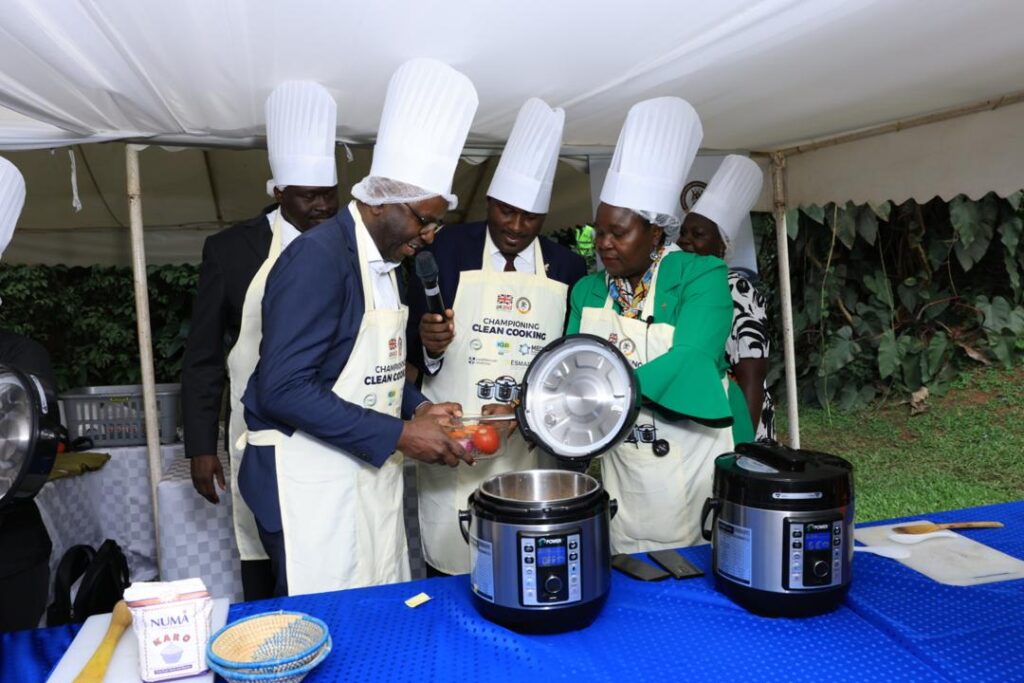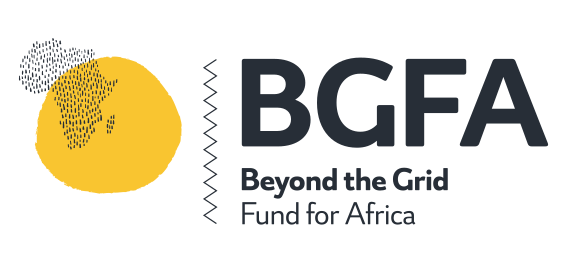
The Project Profile
Project Summary
The Government of Uganda (GoU) through the Ministry of Energy and Mineral Development (MEMD) and the UK Government are collaborating to scale up clean cooking interventions in Uganda under a new Programme. Promotion of clean energy access is a key priority for both governments. Under this Programme, the interventions will focus on the following:
- Establishment of a Clean Cooking Unit under MEMD;
- Awareness and Behavioural Change Communication;
- Capacity Building;
- Supply Chain System Strengthening;
- Development of National Standards and a Labelling Scheme;
- Institutional Electric Cooking.
MECS Programme of the Loughborough University (UK) is partnering with NREP (Uganda) to deliver the Awareness and Behavioural Change Communication component (hereafter referred to as “the Project”).
Project Objectives
-
1To identify key demographic groups relevant to the adoption of e-cooking technologies in Uganda
-
2To develop tailored messaging and communication channels to effectively engage with segmented audiences
-
3To implement outreach and engagement activities targeting segmented demographics, driving behavior change and adoption of e- cooking technologies
Project Outcomes
-
1Identification of Key Demographic Groups
-
2Development of Tailored Messaging and Communication Channels
-
3Implementation of Outreach and Engagement
-
4Monitoring, Evaluation, Application and Learning (Meal)
-
5Knowledge Management (KM)
-
6Renewable Energy Conference (REC) and Expo 2024 & 2025
-
7Project Management

Government Actions
- The Third National Development Plan (NDP III) 2020/21- 2024/25 prioritizes clean cooking as a crucial element of Uganda’s development agenda.
- The Energy Policy 2023 outlines the government’s commitment to promoting clean cooking solutions and reducing reliance on traditional biomass fuels.
- The Energy Transition Plan (ETP) 2023 sets ambitious targets for increasing the share of clean energy for cooking and reducing biomass usage.
Status of e-Cooking in Uganda
2010
The majority of Ugandan households relied on traditional biomass fules for cooking, with limited access to cleaner alternatives.
2020
Despite efforts to promote clean cooking, only 15% of the population utilised cleaner alternatives, highlighting the need for increased adopion of e-cooking technologies.
2025
The Government of Uganda aims to increase the share for clean cooking to 15%, and raise LPG usage to 8% by 2025.
Status of e-Cooking in Uganda
- Market Needs and Value Proposition Report Demographic Analysis and Segmentation
- Households’ Preferences and Needs
- Knowledge, Attitude, and Practice (KAP) Survey Report (Pre and Post implementation)
- Segmented Communication Channel Plan
- Communication Materials (Print And Digital) Key Message Guide
- Roll-Out Plan
- Internal MEAL Framework Document Stakeholder Feedback Reports
- Mid-Term Project Review Report
- Sustainability Plane-Cooking Ecosystem Atlas Web-Based E-Cooking KM Dashboard
- E-Cooking Mobile Application
- REC 24 & 25 E-Cooking Reports, Policy Briefs & commitments brief
Target Beneficiaries
-
Households in Uganda, particularly those who rely on traditional cooking methods and are interested in adopting cleaner alternatives.
-
Secondary schools to educate students about the benefits of e-cooking and promote its adoption.
-
Communities through open air outreach events, cultural institutions, and religious institutions to raise awareness and promote e-cooking adoption.
-
Media outlets to disseminate information about e- cooking, promote its benefits, and address misconceptions.
Direct Beneficiaries: 139,073
- Schools: 40 schools (12,000 people)
- Cultural institutions: 6 institutions (210 people)
- Religious institutions: 7 institutions (50 people)
- Third-party exhibition events: 10 events (4,800 people) Media houses: 15 stations
- Open air outreaches: 7,200 people
- Other (Staff, Local leaders, Associates): 23 people E-cooking ecosystem atlas: 500 people
- E-cooking web-based dashboard: 5,000 people E-cooking mobile application: 100,000 people Social media: 5,000 people
- Stakeholder meetings & REC24 & REC25: 3,500 people
Indirect beneficiaries: 12,842,730 people (TV talk show viewers, Radio talk show listeners, Radio Adverts, News paper adverts, word of month)
Project Impact
- The BCCeC project aims to achieve a 3% growth in e-cooking adoption annually through enhancing behavioral change and adoption of e-cooking.
- By reducing reliance on traditional cooking methods, BCCeC will contribute to mitigating health risks associated with indoor air pollution.
- BCCeC will help reduce environmental degradation by promoting the adoption of cleaner cooking solutions. The BCCeC project’s envisaged impact is: “Universal access to clean cooking services”.


